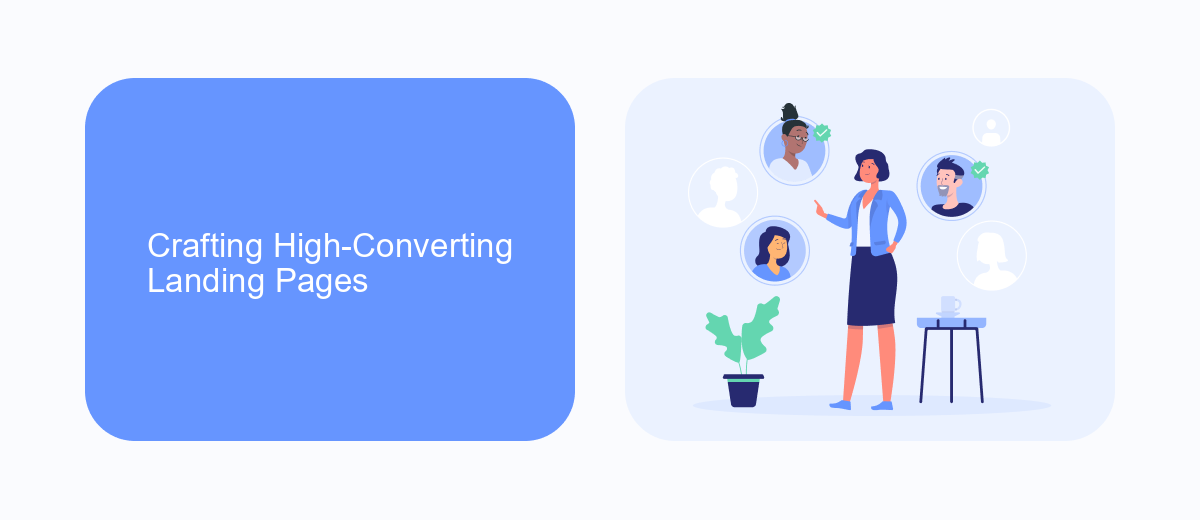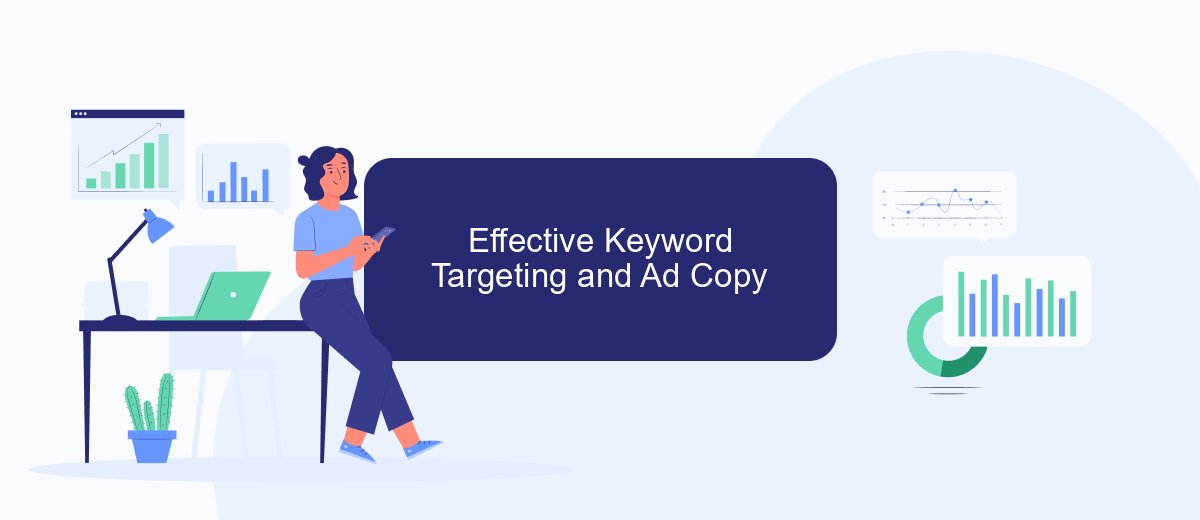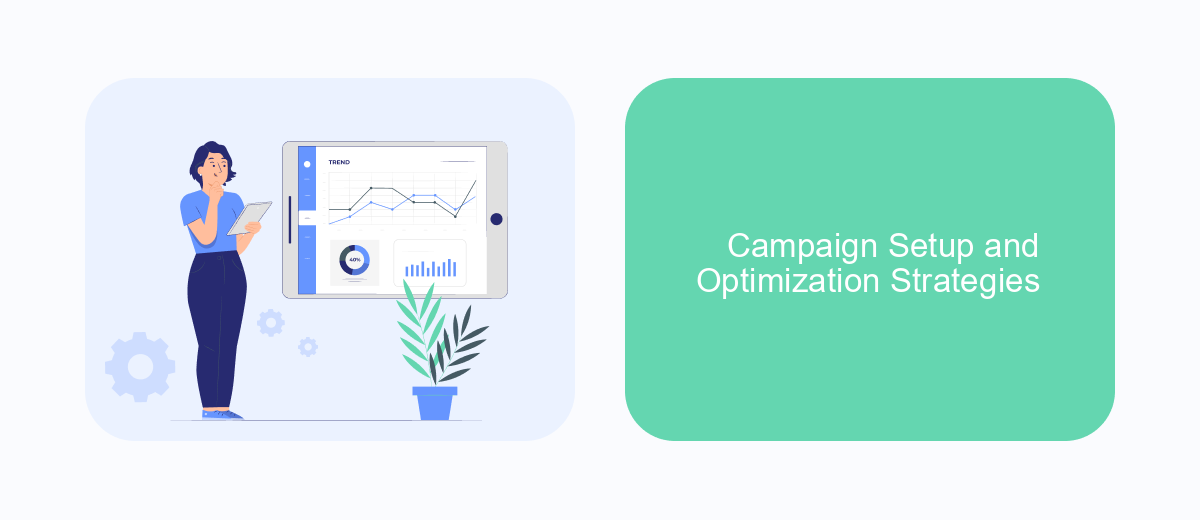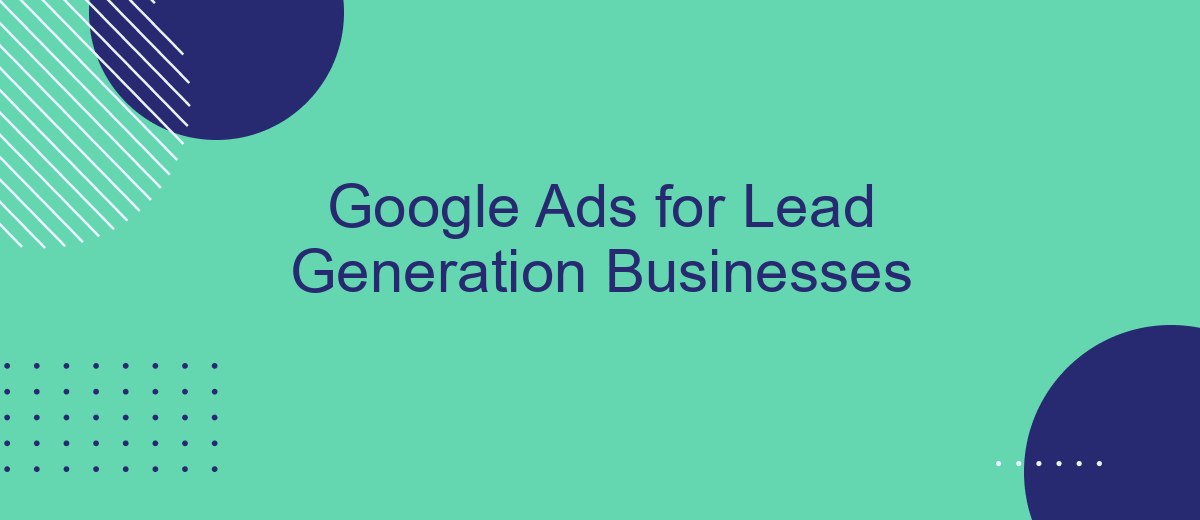In today's competitive digital landscape, businesses focused on lead generation are continually seeking effective strategies to capture potential customers. Google Ads offers a powerful platform to reach targeted audiences and drive high-quality leads. This article explores how lead generation businesses can leverage Google Ads to optimize their marketing efforts, enhance visibility, and ultimately boost their conversion rates, ensuring a robust return on investment.
Understanding Your Target Audience and Lead Goals
Understanding your target audience is crucial for successful lead generation through Google Ads. By identifying who your potential customers are, you can tailor your advertising strategies to meet their specific needs and preferences. This involves analyzing demographic data, interests, and online behaviors to create a detailed customer profile. Once you have a clear understanding of your audience, you can develop targeted ad campaigns that resonate with them and drive engagement.
- Identify key demographics such as age, gender, and location.
- Understand their interests and online behavior patterns.
- Analyze past customer interactions and feedback.
- Define the specific goals you want to achieve with your leads.
- Use this information to create tailored ad content and strategies.
Setting clear lead goals is equally important. Determine what actions you want your audience to take, such as signing up for a newsletter, requesting a quote, or making a purchase. By aligning your Google Ads strategy with these objectives, you can create a more efficient and effective lead generation process that maximizes your return on investment.
Crafting High-Converting Landing Pages

Creating a high-converting landing page is essential for maximizing the effectiveness of your Google Ads campaigns. Start by ensuring your landing page is visually appealing and mobile-responsive, as a significant portion of traffic comes from mobile devices. Use a clear, concise headline that immediately communicates the value of your offer. Include compelling visuals and concise copy to guide your visitors towards the call-to-action. Make sure the page loads quickly to prevent potential leads from bouncing.
Integrating your landing page with lead management tools can streamline the lead capture process. Consider using services like SaveMyLeads to automate the transfer of captured leads into your CRM or email marketing platform. This ensures that your sales team can follow up promptly, increasing the chances of conversion. Additionally, A/B testing different elements of your landing page, such as headlines, images, and calls-to-action, can provide insights into what resonates best with your audience, allowing you to optimize for higher conversion rates.
Effective Keyword Targeting and Ad Copy

Effective keyword targeting and ad copy are crucial components of a successful Google Ads strategy for lead generation businesses. By selecting the right keywords, businesses can ensure their ads are shown to the most relevant audience, increasing the chances of attracting potential leads. It is essential to conduct thorough keyword research to identify terms that potential customers are likely to use when searching for services or products offered by the business.
- Use long-tail keywords: These are more specific phrases that potential customers might use, which often have less competition and higher conversion rates.
- Incorporate negative keywords: By excluding irrelevant terms, you can prevent your ads from showing up in unrelated searches, saving budget and enhancing targeting precision.
- Craft compelling ad copy: Ensure that the ad text is clear, concise, and highlights the unique selling points of your business to attract clicks.
By focusing on precise keyword targeting and engaging ad copy, businesses can optimize their Google Ads campaigns to attract high-quality leads. Regularly reviewing and adjusting these elements based on performance data will further enhance their effectiveness, leading to better ROI and business growth.
Campaign Setup and Optimization Strategies

Setting up a successful Google Ads campaign for lead generation requires a clear understanding of your target audience and business goals. Begin by defining your ideal customer profile and identifying the keywords they are likely to use when searching for your services. This will help you tailor your ad copy and landing pages to meet their needs, increasing the chances of conversion.
Once your campaign is live, continuous optimization is crucial to maximize its effectiveness. Regularly analyze the performance data to identify trends and areas for improvement. Adjust your bids, ad copy, and targeting options based on the insights gathered to enhance your campaign's performance.
- Use A/B testing to refine ad creatives and landing pages.
- Implement negative keywords to reduce irrelevant traffic.
- Leverage ad extensions to provide more information and increase click-through rates.
- Monitor Quality Score to ensure your ads are competitive.
By consistently monitoring and optimizing your Google Ads campaigns, you can effectively drive high-quality leads to your business. Stay agile and responsive to changes in market conditions and consumer behavior to maintain a competitive edge.
- Automate the work with leads from the Facebook advertising account
- Empower with integrations and instant transfer of leads
- Don't spend money on developers or integrators
- Save time by automating routine tasks
Tracking, Measurement, and Continuous Improvement
Effective tracking and measurement are crucial for optimizing Google Ads campaigns in lead generation businesses. By setting up conversion tracking, you can monitor which ads drive the most valuable actions, such as form submissions or calls. Utilize Google Analytics to gain insights into user behavior on your site and identify areas for improvement. Additionally, integrating tools like SaveMyLeads can streamline the process of capturing and organizing leads from your ads, ensuring that no potential customer slips through the cracks.
Continuous improvement is key to maintaining a competitive edge. Regularly analyze your data to identify trends and adjust your strategy accordingly. A/B testing different ad copies, landing pages, and targeting options can provide valuable insights into what resonates best with your audience. By consistently refining your approach based on performance metrics, you can enhance your campaign's effectiveness and maximize your return on investment. Remember, the digital advertising landscape is dynamic, so staying agile and informed is essential for sustained success.
FAQ
What is Google Ads and how can it help my lead generation business?
How can I track the effectiveness of my Google Ads campaigns?
What are some best practices for creating effective Google Ads for lead generation?
How can I automate lead capture from Google Ads?
What budget should I set for my Google Ads campaigns?
What do you do with the data you get from Facebook lead forms? Do you send them to the manager, add them to mailing services, transfer them to the CRM system, use them to implement feedback? Automate all of these processes with the SaveMyLeads online connector. Create integrations so that new Facebook leads are automatically transferred to instant messengers, mailing services, task managers and other tools. Save yourself and your company's employees from routine work.

